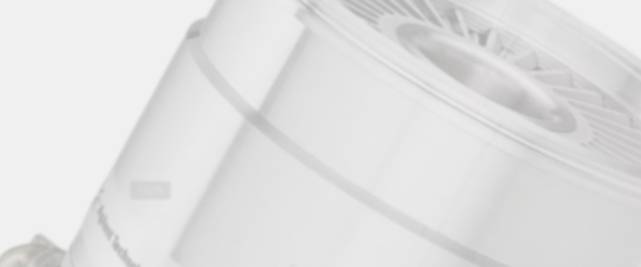វិច្ឆិកា . 11, 2024 18:15 Back to list
removing rear brake drum
Removing Rear Brake Drum A Step-by-Step Guide
The braking system is one of the most critical safety features in a vehicle, and understanding how to maintain it is essential for every car owner. One crucial aspect of brake maintenance is the removal of the rear brake drum. This task may seem daunting, but with the right tools and guidance, it can be accomplished at home. This article will provide a detailed, step-by-step guide on how to safely and effectively remove the rear brake drum.
Tools and Materials Needed
Before starting, ensure you have the following tools and materials
- Jack and jack stands - Lug wrench - Brake drum puller (optional but highly recommended) - Brake cleaner - A clean rag - Screwdriver (flathead and Phillips) - A socket set - Safety goggles and gloves
Step 1 Safety First
Always prioritize safety when working on your vehicle. Park your car on a flat surface and engage the parking brake. To avoid any accidents or injuries, wear safety goggles and gloves throughout the process.
Step 2 Loosen the Wheel Lug Nuts
Using a lug wrench, slightly loosen the lug nuts on the rear wheels. Do not remove them completely at this stage; just break the initial tightness so they can be easily removed once the vehicle is lifted.
Step 3 Lift the Vehicle
Using a jack, lift the rear of the vehicle until it is high enough to place jack stands underneath. Ensure the vehicle is stable before proceeding. Always work on a secured vehicle to prevent any accidents.
Step 4 Remove the Rear Wheels
With the vehicle securely lifted and supported by jack stands, remove the lug nuts completely and take off the rear wheels. Place them aside in a safe area.
Step 5 Inspect the Brake Drum
Before removing the drum, inspect the brake components for any visible wear or damage
. If you notice any issues, it might be prudent to consult a professional mechanic or consider replacing damaged parts before proceeding.Step 6 Removing the Brake Drum
removing rear brake drum

6.1 Check for Retaining Screws
Some brake drums may have retaining screws. If your drum has screws, use a screwdriver to remove them before attempting to pull off the drum.
6.2 Inspect for Adjuster Wheel
Many brake drums have an adjuster wheel that can affect the fit of the drum. Locate the adjuster for the brake shoes and ensure it is in the 'loose' position to facilitate removal.
6.3 Pull Off the Drum
If the drum doesn't come off easily, it could be due to rust or buildup. Spray the edges with brake cleaner and allow it to soak for a few minutes. If the drum is still stuck, using a brake drum puller can help—this tool applies even pressure around the edges of the drum, making removal much easier.
Step 7 Clean the Brake Components
Once the drum is removed, take the opportunity to clean the brake components. Use brake cleaner and a clean rag to wipe down the brake shoes, backing plate, and inside the drum itself. This step ensures that any dust or debris does not interfere with the brake's performance once the drum is reinstalled.
Step 8 Inspect and Replace Parts as Needed
Check the brake shoes for wear. If they're worn down, it's essential to replace them during this service. Also, inspect the wheel cylinder for any leaks or signs of failure. If issues are found, components should be replaced before reassembling.
Step 9 Reassembling the Brake Drum
Position the brake drum back onto the hub. Ensure that everything is aligned correctly before pushing it into place. If applicable, tighten any retaining screws back into position.
Step 10 Reattach the Wheels
Place the rear wheels back onto the hub, hand-tighten the lug nuts, and lower the vehicle back to the ground. Once it's secure, use a torque wrench to tighten the lug nuts to the vehicle manufacturer’s specifications.
Conclusion
Now that you've successfully removed and reinstalled the rear brake drum, make sure to check the brakes' performance before hitting the road. Regular brake maintenance is essential for vehicle safety, so periodically checking your brake system is recommended. If you notice any unusual sounds or performance, don't hesitate to consult a professional. Happy driving!
-
Iveco Brake Drum | Premium OE Quality for Daily & Eurocargo
NewsAug.22,2025
-
Your Brake Drum Man: Quality & Performance Parts
NewsAug.21,2025
-
Explore Japan: Ultimate Travel Guide & Authentic Experiences
NewsAug.19,2025
-
Your Brake Drum Man: Premium & Reliable Brake Drums for Sale
NewsAug.18,2025
-
ROR Web Development: Build Fast, Scalable, Secure Apps
NewsAug.17,2025
-
Scania Brake Drums: OEM Quality for Optimal Safety & Durability
NewsAug.16,2025
